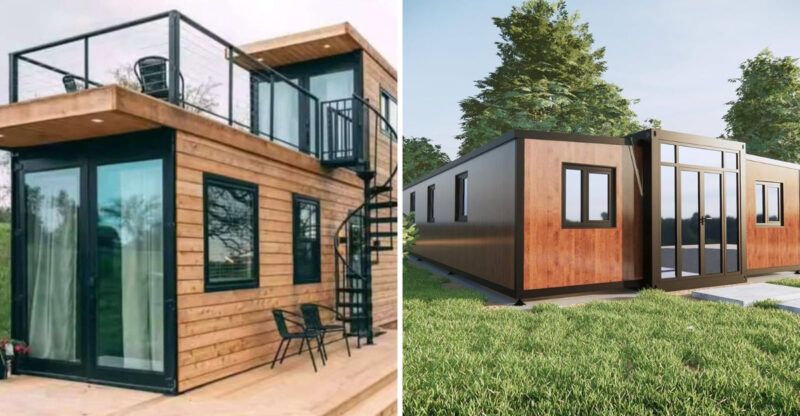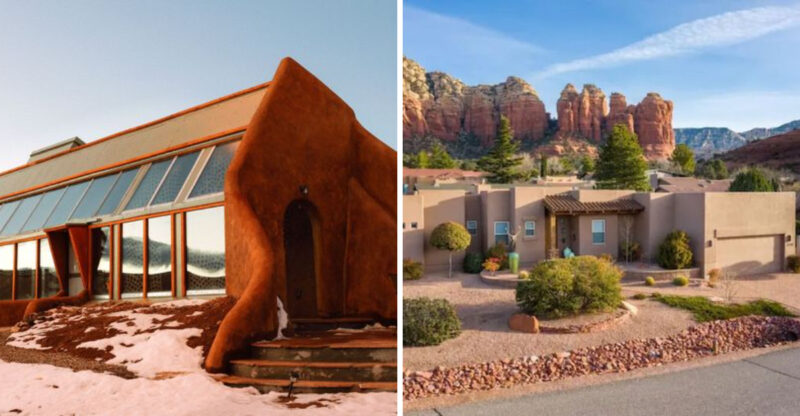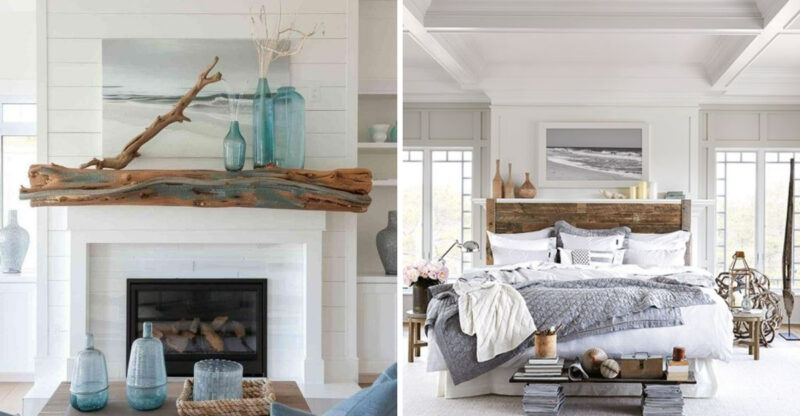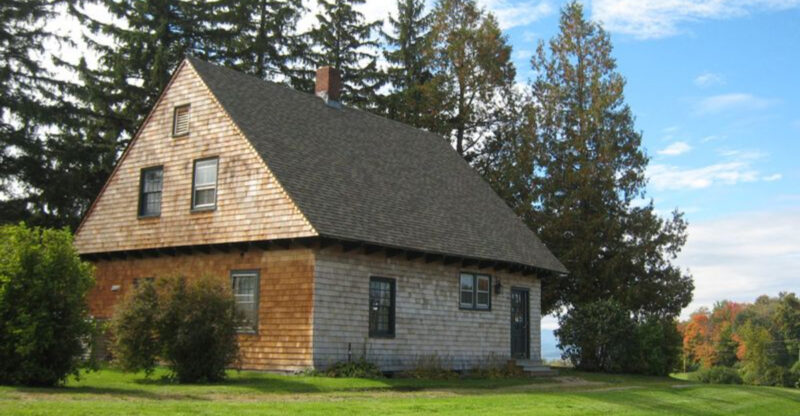17 Industrial-Era Mansions In Ohio That Became Ghostly Reminders
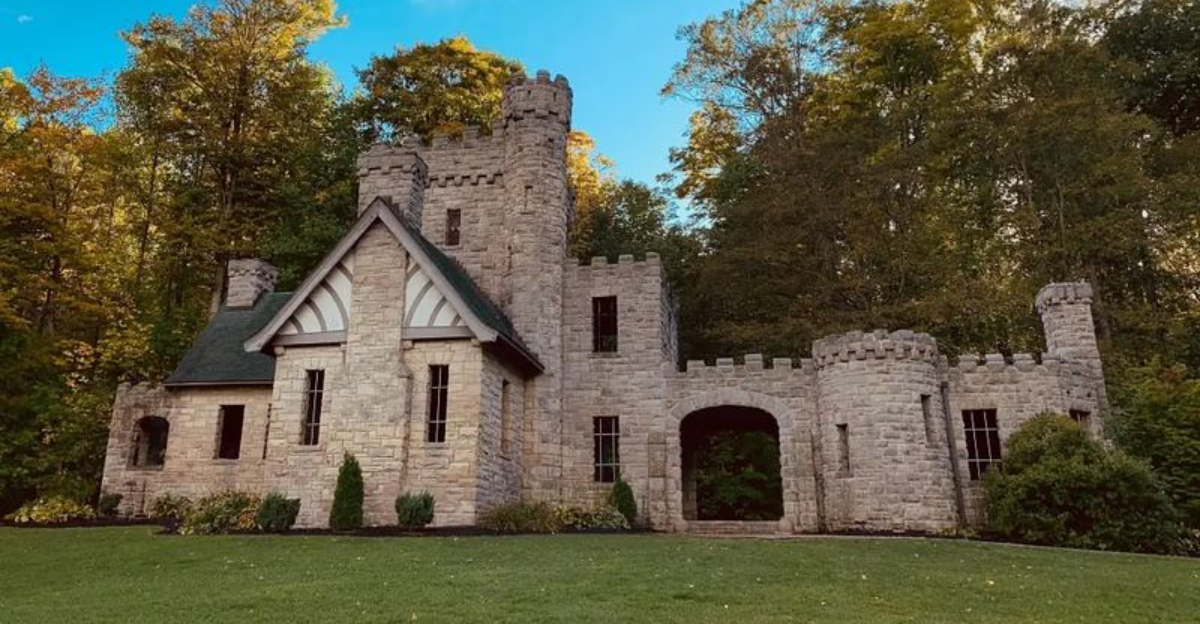
Ohio’s industrial boom of the late 1800s created immense fortunes for factory owners, steel magnates, and business tycoons. These wealthy families built spectacular mansions that showcased their success and social status.
Today, many of these grand homes stand abandoned or repurposed, silent witnesses to a bygone era of American prosperity and the eventual decline of industrial might.
1. The Edward Ford Mansion (Toledo)

Standing in Toledo’s Old West End, this stone-and-brick beauty tells the story of glass empire fortunes. Edward Ford, founder of the Libbey-Owens-Ford Glass Company, built the house in 1901, blending Neoclassical architecture with luxurious stained glass panels showcasing the industry he helped revolutionize.
The mansion later served as a convent, then fell into disrepair. Restoration crews often report drafts and hushed voices even when the house is locked up tight – a lingering presence from an industrialist whose glassworks changed the skyline of Toledo.
2. Fairfield County Infirmary (Formerly Poorhouse)
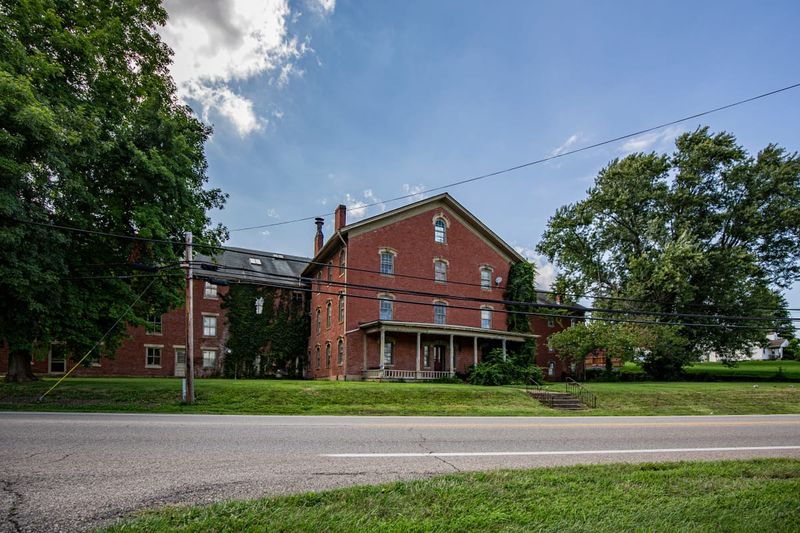
Behind rusting gates looms this sprawling brick complex, once the final refuge for Ohio’s poor and sick. Built in 1840, the Fairfield County Infirmary (also known as the Poorhouse) housed thousands over the decades, many of whom found no release but death within its walls.
Now vacant, its peeling paint and echoing halls inspire chills. Paranormal groups report ghostly moans, disembodied voices, and cold spots, as if former residents still wander the corridors searching for peace they never found in life.
3. Whitby Mansion (Sidney)
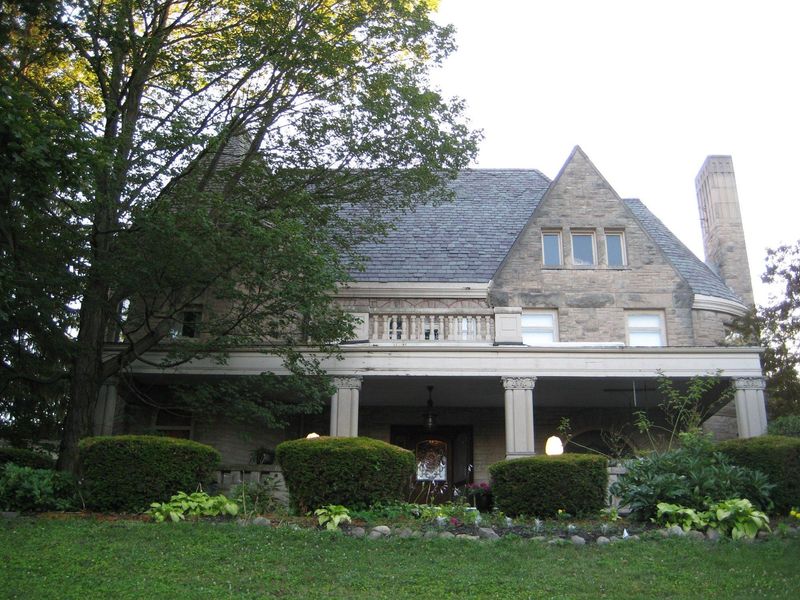
Glimmers of Gilded Age grandeur still shimmer in this imposing Sidney mansion, built in 1890 for industrialist W.H.C. Goode. Whitby’s elaborate woodwork, stained glass, and carved stone details whisper of elegant parties and high society evenings.
Yet staff and guests report shadowy figures in empty rooms and soft footsteps echoing down halls long after midnight. Today, the mansion operates as a bed-and-breakfast, offering modern comfort to those brave enough to share the night with its lingering spirits.
4. Bryn Du Mansion (Granville)
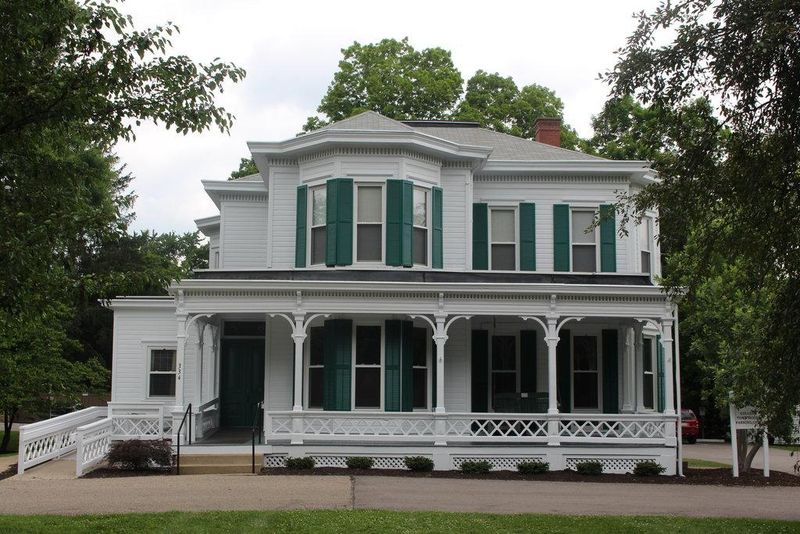
Rolling lawns and stately columns hide a mansion with echoes of the past. Originally built around 1905 for industrialist Henry D. Wright, Bryn Du Mansion transformed from a private estate to a community gathering place – but not all its occupants have moved on.
Staff and visitors report unexplained footsteps, cold drafts, and faint music drifting through its grand halls. Whether hosting weddings or art exhibits, the estate exudes both beauty and an air of something unseen watching from the shadows.
5. The Glencoe-Auburn Place Row Houses (Cincinnati)
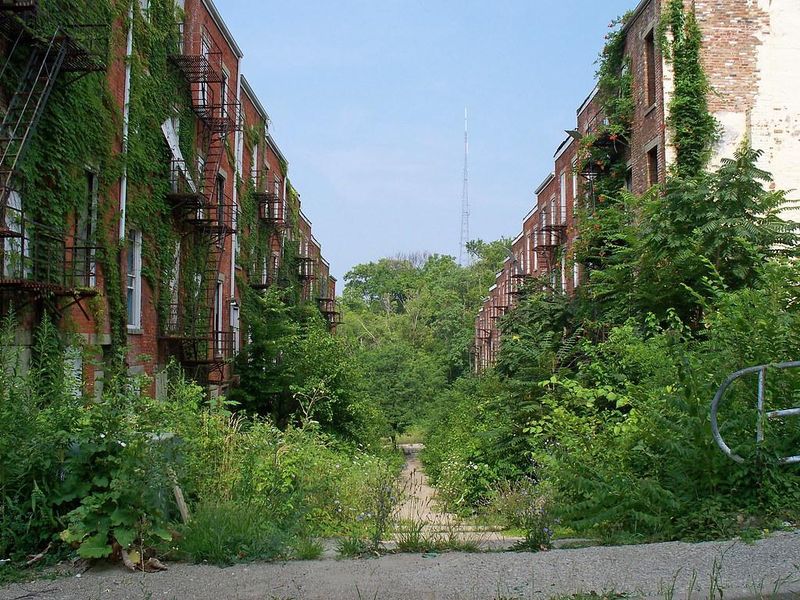
Frozen in time, these once-fashionable row houses stand as silent sentinels of a forgotten neighborhood. Wealthy factory owners and business executives commissioned these homes as investment properties during Cincinnati’s manufacturing heyday.
The Glencoe-Auburn complex features distinctive turrets and bay windows characteristic of 1890s architecture. Now eerily vacant, local residents avoid the block after dark, claiming to hear phantom parties and see ghostly figures in period clothing through broken windows.
6. Piatt Castles (West Liberty)
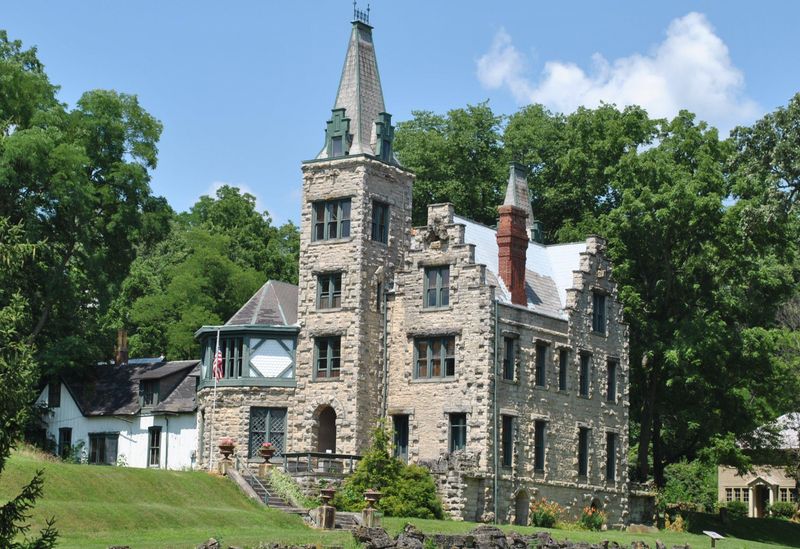
Two magnificent stone mansions rise unexpectedly amid Ohio’s countryside, built by brothers Abram and Donn Piatt in the late 1800s. These European-inspired castles – Mac-A-Cheek and Mac-O-Chee – reflect the family’s Civil War legacy and literary ambitions.
Though open for tours today, guests have reported ghostly figures gliding through shadowy halls and whispers echoing beneath vaulted ceilings. The castles’ ornate woodwork and towering stone walls stand as silent witnesses to both Gilded Age opulence and the eerie mysteries left behind.
7. The Pugh House (Columbus)
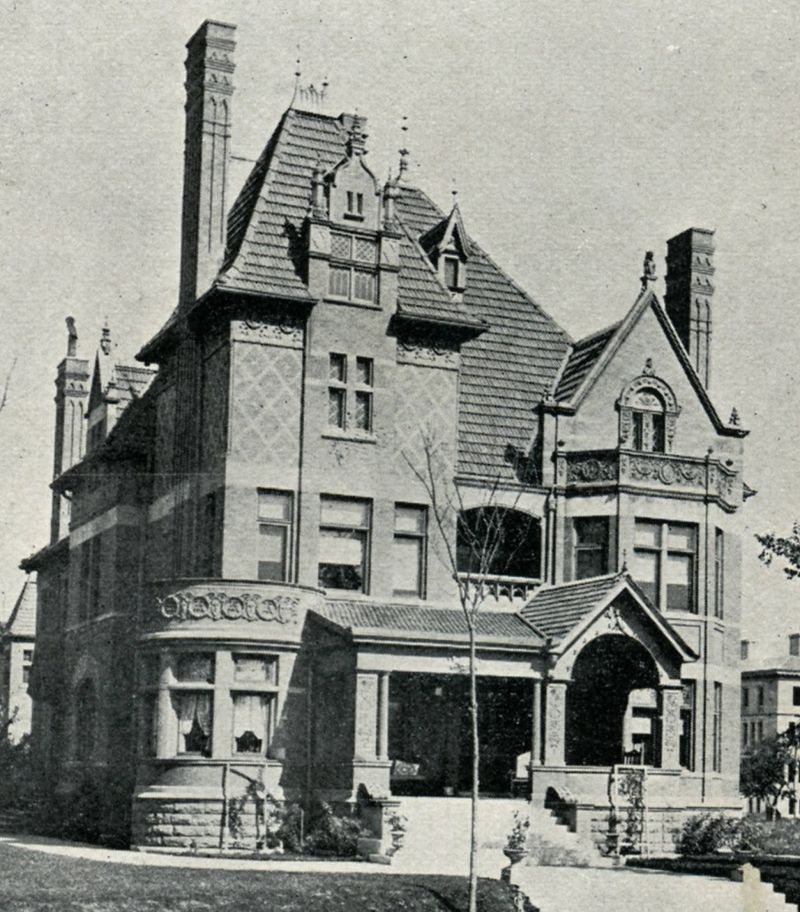
Forgotten by most Columbus residents, this architectural gem hides behind modern development. Steel industry executive Thomas Pugh commissioned this residence in 1889, featuring unusual design elements inspired by his European travels.
The Pugh House combines Gothic and Italianate styles in ways rarely seen in Ohio architecture. Preservation efforts stalled when multiple restoration workers reported tools moving overnight and unexplained cold spots in the master bedroom where Pugh’s wife died.
8. The Sorg Mansion (Middletown)
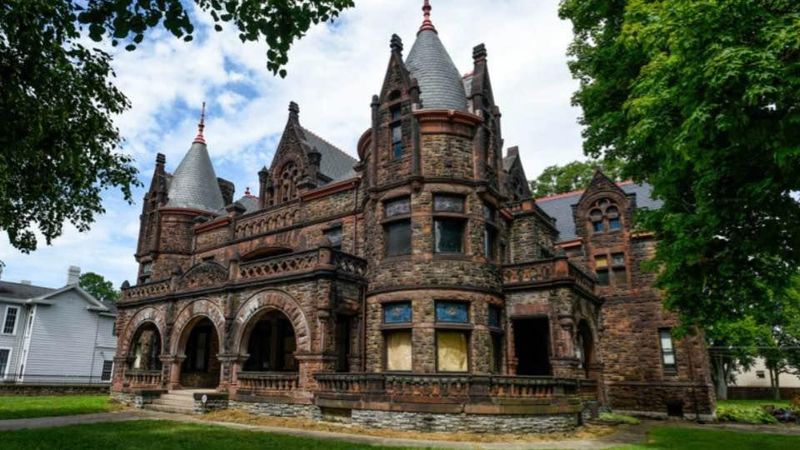
Towering over surrounding buildings, this architectural masterpiece represents paper manufacturing wealth from Ohio’s industrial heyday. Paul Sorg, tobacco magnate and congressman, built this 30-room palace to establish his family among Ohio’s elite social circles.
The Sorg residence features hand-carved woodwork and imported marble throughout its massive interior. Though partially restored, the third floor remains untouched, with staff refusing to enter after sunset due to unexplained footsteps and doors that open and close without human assistance.
9. The Hower House (Akron)
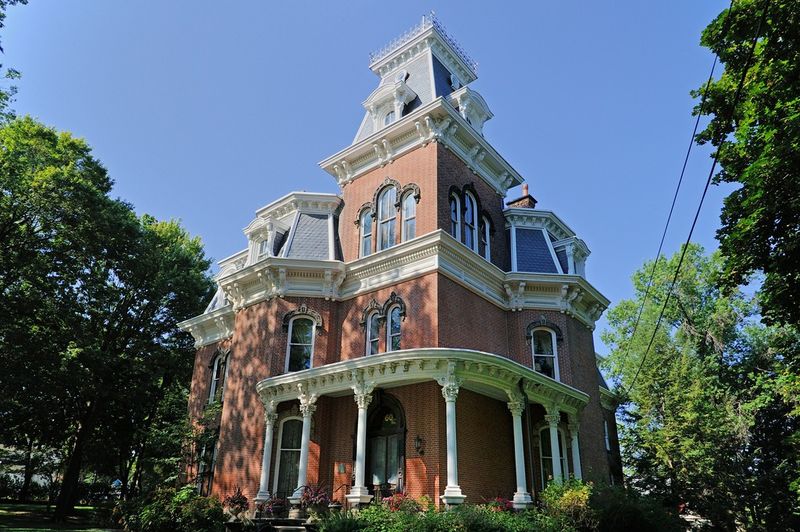
Magnificent bay windows catch morning light in this testament to Akron’s cereal milling fortune. John Henry Hower, prominent industrialist, commissioned this 28-room Victorian mansion featuring architectural elements from his European travels.
The Hower residence showcases Second Empire style with Mansard roofing and elaborate cornices. Though now a university museum, student guides refuse certain assignments after reporting a woman in Victorian dress who appears in mirrors but vanishes when approached.
10. The Baum-Longworth-Sinton-Taft House (Cincinnati)
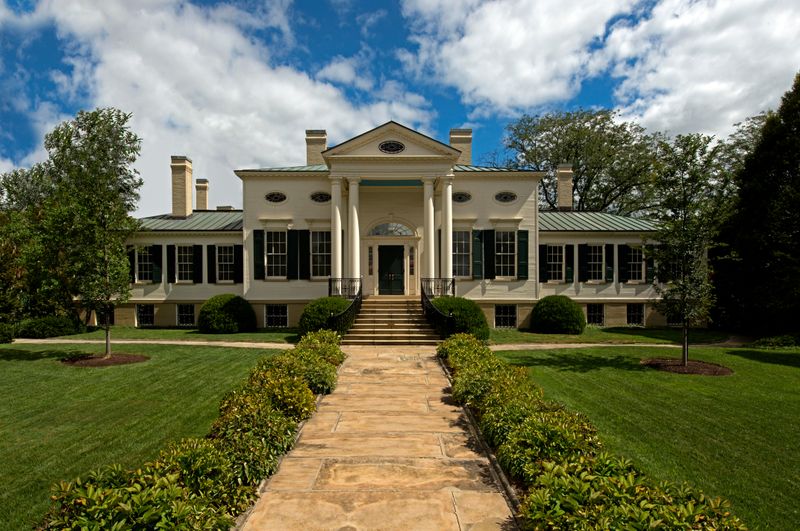
Centuries of Cincinnati’s elite have walked these halls, now filled with whispers of the past. Originally built for Martin Baum, a pioneer businessman, this Federal-style mansion changed hands among several prominent industrial families before the Taft family acquired it.
The residence features distinctive architectural elements from multiple periods reflecting each family’s modifications. Though now a museum, visitors report seeing a woman in 1880s dress wandering the upper floors, believed to be Anna Sinton Taft still watching over her former home.
11. The Moore House (Kirtland)
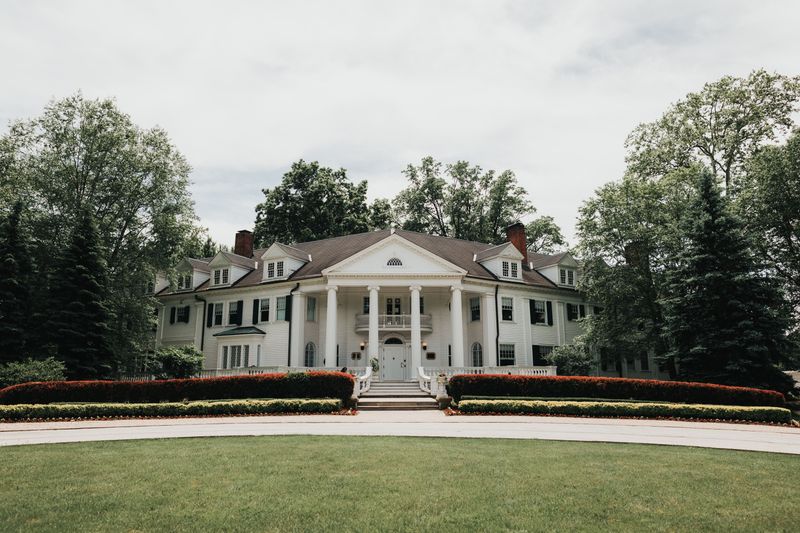
Surrounded by sweeping lawns and grand old trees, this historic estate once belonged to Edward William Moore, a prominent figure in Ohio’s industrial era. Built around 1900, it features elegant architecture and spacious interiors that hint at a life of wealth and influence.
Now known as Mooreland Mansion, the property hosts events and gatherings, where guests enjoy its refined atmosphere and the quiet presence of its storied past.
12. The Masonic Temple Apartments (Cleveland)
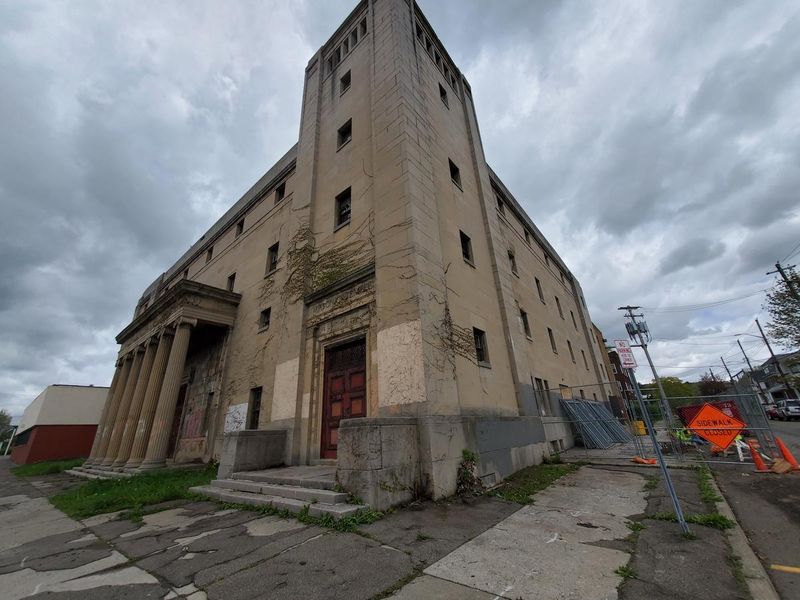
Rising dramatically above surrounding buildings, this Gothic structure served dual purposes during Cleveland’s industrial peak. Originally built as both Masonic lodge and luxury apartments for wealthy factory owners, its unusual design reflects both secrecy and opulence.
The Temple features hidden passages and ritual spaces alongside lavish residential quarters. After manufacturing declined, the building emptied gradually, with remaining residents reporting strange chanting sounds at night from the sealed lodge rooms where industrial deals were once negotiated.
13. The Samuel Mather Mansion (Cleveland)
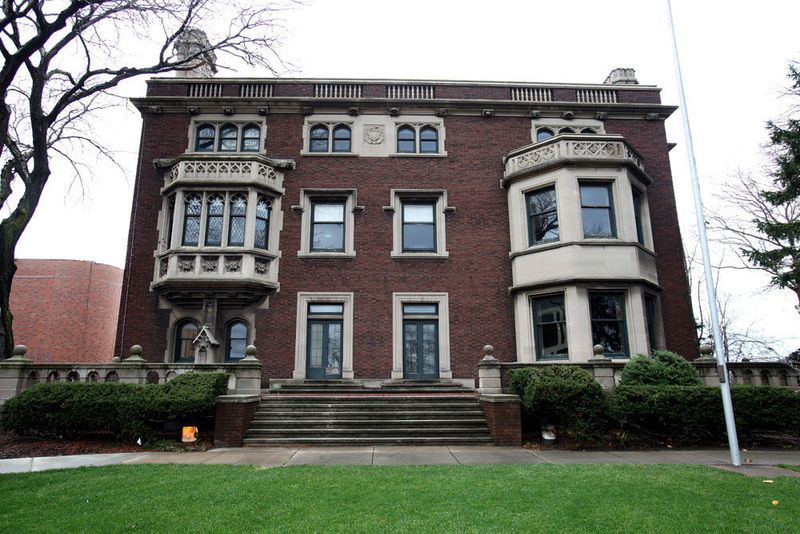
Dominating its street with imposing stonework, this colossal residence represents Cleveland’s iron ore shipping wealth. Iron magnate Samuel Mather constructed this 45-room Tudor Revival mansion using materials from demolished European castles.
The Mather estate features hand-carved staircases and stained glass windows depicting industrial scenes. Now owned by a university, students avoid certain rooms where temperature drops occur without explanation, particularly the former study where Mather reportedly died while reviewing mining contracts.
14. Franklin Castle (Cleveland)
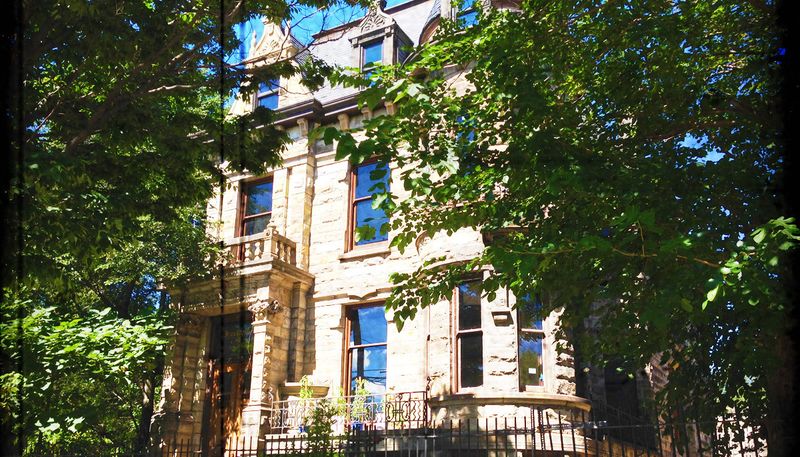
Built in 1881 for wealthy banker Hannes Tiedemann, this elaborate Victorian stone mansion became infamous for rumors of secret passages, family tragedies, and eerie childlike cries echoing through the halls. Some claim shadowy figures watch from upper windows.
Visitors today marvel at its intricate woodwork and Gothic details, even as many refuse to linger after dark. The building’s turbulent past fuels endless stories of cold spots, slamming doors, and mysterious whispers along the winding staircases.
15. Squire’s Castle (Willoughby Hills)
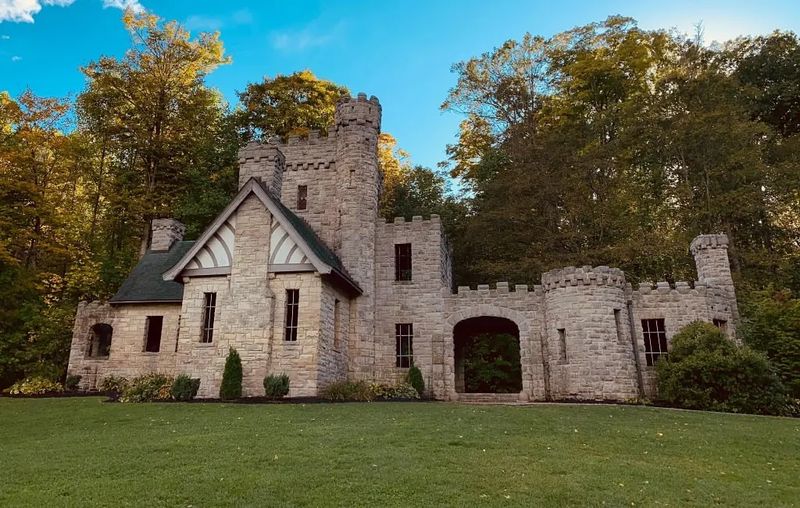
Feargus Squire, a Standard Oil executive, built this stone gatehouse in the 1890s intending a lavish estate that was never finished. Local legends speak of Squire’s wife haunting the castle, her spirit appearing in upper windows on foggy nights.
Today, Squire’s Castle is a picturesque park attraction where hikers stop for photos – but many insist the atmosphere grows uneasy at dusk. Strange lights and soft sobbing sounds are said to emerge from the empty stone halls after dark.
16. Stan Hywet Hall & Gardens (Akron)
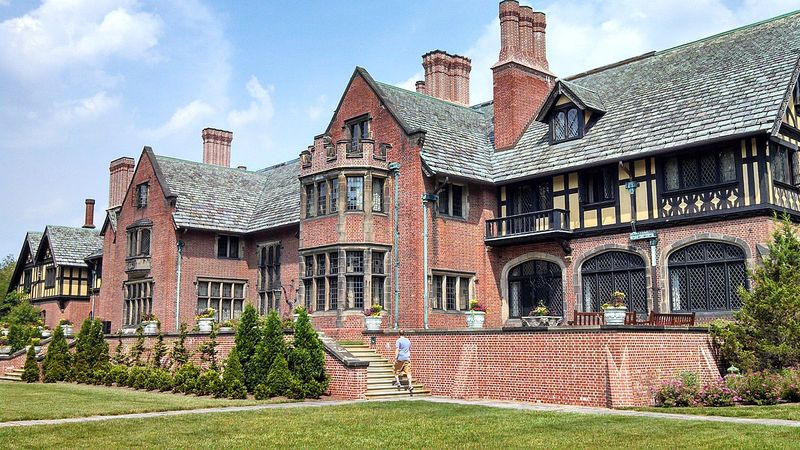
Goodyear co-founder F.A. Seiberling built this grand Tudor Revival estate between 1912 and 1915 as a symbol of Akron’s industrial might. The mansion’s towering great hall, elegant music room, and expansive gardens reflect the height of Gilded Age luxury and the booming rubber industry that made it possible.
While beautifully preserved as a museum today, some staff and visitors speak of a mysterious “lady in gray” said to appear in mirrors throughout the house, vanishing whenever approached. Subtle footsteps echo across empty corridors, hinting at the lingering presence of those who once moved in the home’s opulent halls.
17. Prospect Place (Trinway)
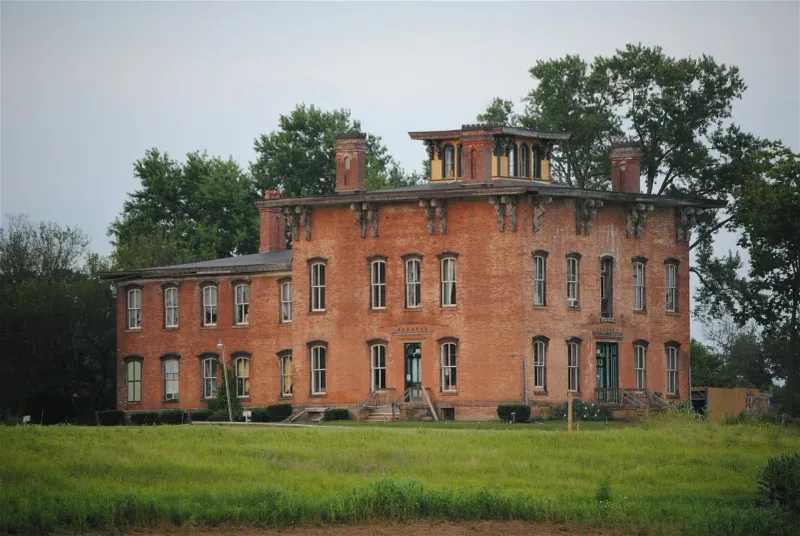
Constructed in 1856 by railroad entrepreneur George Willison Adams, this Italianate mansion served as an Underground Railroad stop. Today, guests and volunteers report ghostly figures, footsteps in empty rooms, and chilling voices in the basement.
Guided tours highlight both its abolitionist history and eerie encounters. Paranormal investigators often flock here, hoping to record the disembodied voices or capture fleeting shadows that vanish into thin air.

